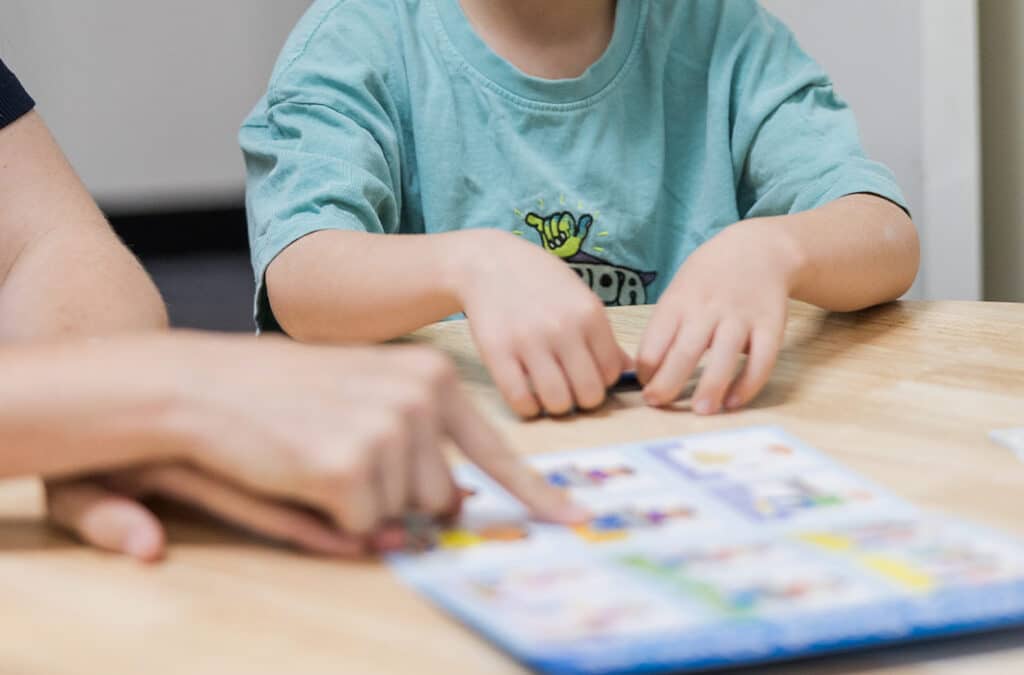Dyslexia and dysgraphia are common learning difficulties that can affect a child’s ability to read, write, and participate confidently in everyday school activities. Occupational therapy (OT) can play an important role in helping children manage these challenges and build skills to support learning and participation.
What is dyslexia and dysgraphia?
Dyslexia is a language-based disability that affects reading, spelling, and recognising written words. Children may struggle with letter recognition, spelling simple words, and keeping up with peers despite strong verbal skills. Dysgraphia, on the other hand, impacts handwriting and written expression. It often involves poor fine motor control, letter formation difficulties, and trouble organising thoughts in writing.
How do these affect children?
Both dyslexia and dysgraphia can affect confidence and engagement in school. Children may avoid reading and writing tasks, feel frustrated, and fall behind academically. Signs might include poor spelling, reversed letters, disorganised writing, and reduced attention during literacy tasks.
How occupational therapy can help
OT supports children by building confidence, strengthening fine motor skills, and developing practical strategies for reading and writing. For dyslexia, therapists may introduce visual prompts, handwriting programs, multi-sensory learning techniques, and voice-to-text tools. For dysgraphia, OT may focus on pencil grips, letter sizing, fine motor exercises, and ways to organise thoughts using tools like mind maps and visual schedules.
Every child is different, and occupational therapists create tailored plans based on individual needs. OT can also complement support from other professionals such as speech pathologists or paediatricians, helping your child feel more capable and confident in the classroom and beyond.
